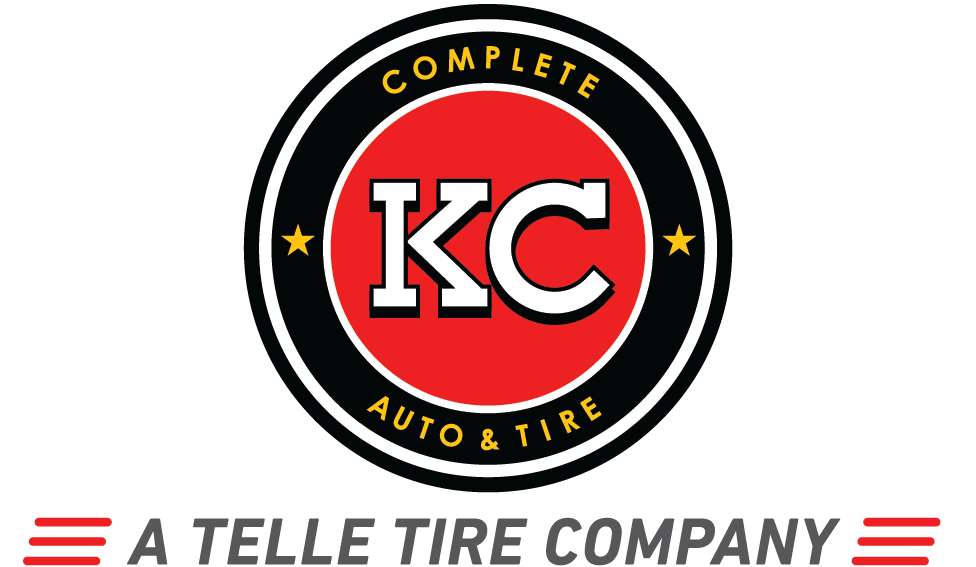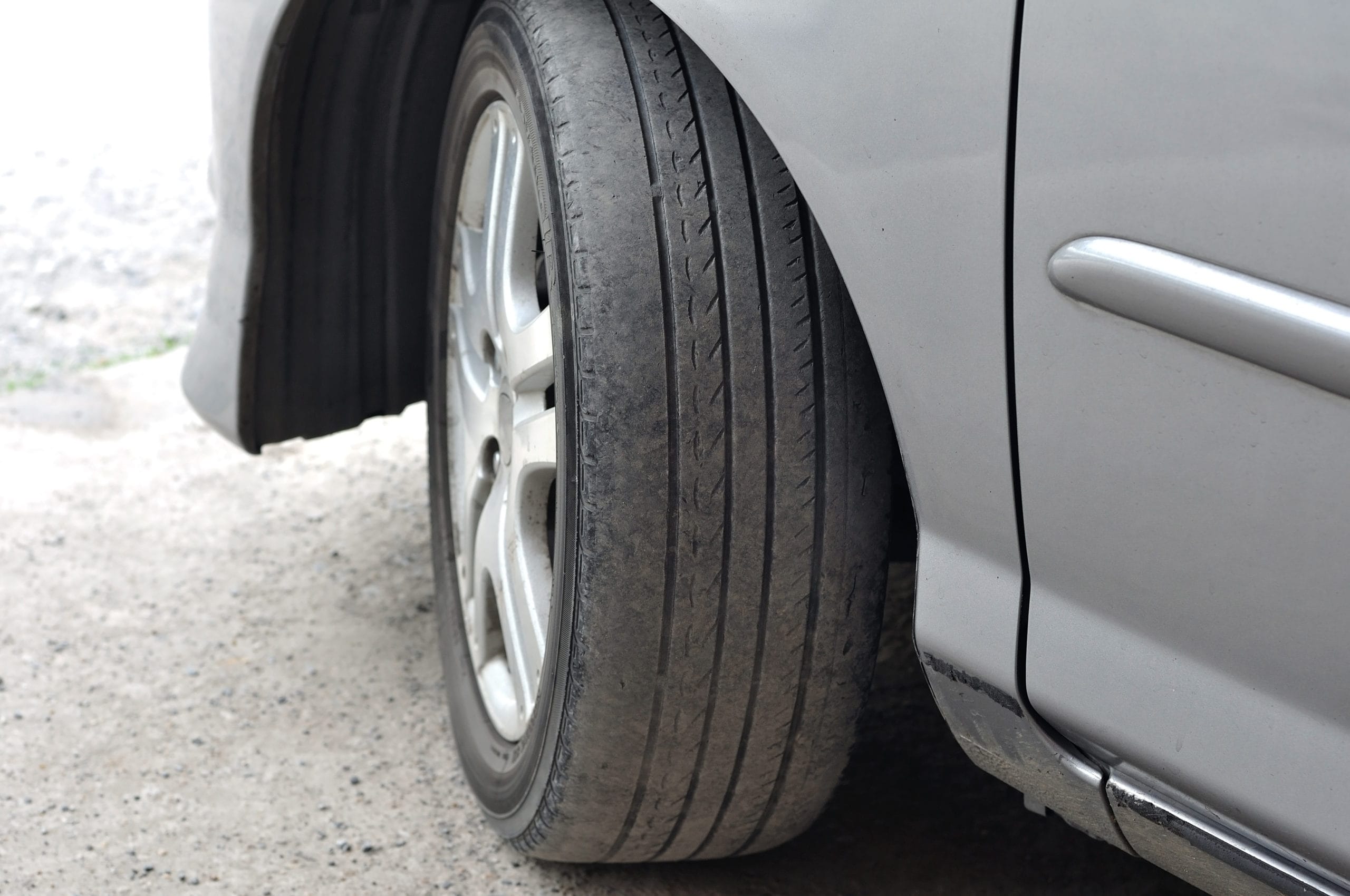HOW TO TELL IF YOU NEED NEW TIRES
Unless your tires are completely bald or in multiple pieces along the side of the highway, it’s not always easy knowing how to tell if you need new tires or not. Tires slowly wear down with age and identifying potential problem areas can be tricky if you don’t know exactly what you’re looking for. As long as they get you from point A to point B safely, tires are kind of an afterthought for a lot of drivers.
5 Signs That You Need New Tires
By comparison, if your vehicle’s air conditioner or stereo are on the fritz, chances are you’re going to notice right away and make the necessary repairs. Unfortunately, the same can rarely be said about tires. It’s safe to say that most drivers probably don’t pay that much close attention to their tires until something goes awry. However, if you’re wondering if your tires are on their last legs, there are a few signs that can help you know for sure.
Tread wear and “The Penny Test”
The most common sign you need new tires is that the tread has simply worn too thin. This is completely normal of all tires and nothing more than a product of miles driven. Keep in mind, a tire doesn’t need to be completely “bald” to be considered low on tread. A handy trick to measure the tread of your tires is to take a penny and insert it into the tread with Abraham Lincoln’s head facing inward. If you can see Lincoln’s entire head, it’s time for new tires. If his head and/or hair are obstructed by the tire tread, your tires are good to go.
Damage
Unless your tire has a railroad spike or other jagged piece of metal sticking out of the side of it, identifying tire damage can be tricky. If your tire is no longer holding air, look closely for cracks, bubbles, nail heads or other inconsistencies that might be causing the problem. While certain issues can be patched or fixed by your preferred tire technician, other more serious issues may mean replacing one or more tires.
Uneven Wear
Tires that wear unevenly can be the result of an improper alignment, a variance in tire pressures, or a failure to get regular tire rotations. If tires are worn unevenly, you may notice that the outside of a tire looks completely fine while the inside tread is completely shot or vice versa. It is important that you do everything in your power (proper inflation, regular rotations, etc.) to get the most life out of your tires.
Vibrations
If you notice your car begins to vibrate or shake as you travel down the road, it could be a good sign that something has gone wrong with your tires (or a sign that it’s about to). This may be a result of a previously mentioned condition like uneven wear or tire damage, but you’ll want to have your mechanic take a look just to be sure. If caught early enough, you might be able to rectify the issue relatively inexpensively and without a new set of tires. Of course, if the condition is already too far gone, then a new set may be in your future.
Age
Even if your vehicle is rarely driven and tire wear isn’t a major concern, it’s still suggested to replace your tires every ten years or so regardless of the tread. Old tires—even those with excellent tread still intact—are prone to deterioration and can be extremely dangerous on the road. (NOTE: Though new is always preferred, if you must buy a used tire, make sure it is from a reputable seller who can verify the tire’s age and assure you that it is safe.)
Conclusion
While proper care and maintenance can help you get the most mileage out of your tires, even top-of-the-line tires are not going to last forever. It’s important that you always keep an eye out for potential problem areas and consult with a professional tire service should you have any questions. By knowing how to tell if you need new tires, you’re doing your part to keep your vehicle in safe working order.


